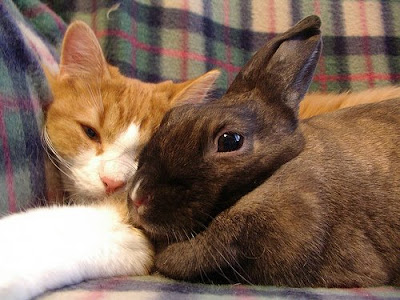
Recently I was asked what DM&E's are. Feel free to add corrections or better wisdom, I'd love to hear it. This is what I said:
"DM&E stands for "Dialog, Music, and Effects." The name doesn't tell you much. So here's why DM&E is important for distributors.
On big theatrical pictures those three elements are delivered separately. I've never been asked for anything other than a stereo "M&E" on any of my direct-to-home video pictures.
I'm presuming you actually shot and are editing at a 23.98 frame rate. That means you'll output (at some point) to an NTSC DigiBeta master and from that a PAL DigiBeta master will be struck. Working with audio in Premiere is tough because you can't output OMF files. But you can export mono .wav files to be used in ProTools or the like.
You will certainly want to export dialog tracks separately from your roomtone tracks. You will likely need to export your dialog in a "checkerboard" pattern (which is something I can go into in more detail if you like.)
--
I can start with a copy and paste of the requirements I have for my latest picture, Solar Vengeance ( http://halcyonpix.com/view.
>>> 4. AUDIO SPECIFICATIONS
>>> The audio test signal during color bars on analog masters must be a 1 kHz tone at 0 db on all audio channels .
>>> The picture must be rerecorded in stereo.
>>> Channel 1 shall contain stereo left of the final soundtrack.
>>> Channel 2 shall contain stereo right of the final soundtrack
>>> Channel 3 shall contain stereo M&E left.
>>> Channel 4 shall contain stereo M&E right.
>>> There will be no audio modulation during "run out."
>>> Great care must be taken to achieve the highest possible audio S/N ratio.
Now, it's likely that your main "deliverables" for the movie will be NTSC and PAL DigiBeta masters. The above specification is pretty typical for home video at least. What it means is that on the four audio tracks the first two will be the English full mix, and the second two will be the "Music and Effects" mix.
Now the trick is that the M&E mix must sound identical to the English mix -- just without any of the actual dialog from the English mix. This is tricky.
Every rustle of clothing, every jangle of keys, every little squeak, shuffle, or background sound which is on the English version of the movie must appear on the "M&E" version, just without any dialog. This explains why so many movies build their background tracks from scratch and ADR all their dialog -- in many ways it's easier to make your DM&E's* that way.
The key to making this work is to build a "P-FX" track (or set of tracks) which carries all your room tone and sounds needed to create an exact matching track when the M&E mix is created. The P-FX tracks are muted while mixing the English Full Mix, but the dialog editors have carefully built them so that when you mute the dialog tracks and unmute the P-FX tracks, the mix sounds exactly right -- except for the missing dialog.
Now the problem with production sound is that there's frequently a lot of noise going on when people are talking. If there is (for instance) a jangling of keys which happens over some dialog, you're faced with the following options:
1. ADR the dialog, and Foley or use cut effects to create the separate dialog and sound effects tracks. The ADR'ed dialog won't have the jangly key sound, the effects won't have the dialog. When you mute the dialog tracks, your M&E mix will sound exactly like the the English Full Mix.
2. Use another key jangle you've found in the production sound tracks and cut that into the P-FX track such that it's in sync with the jangle on the dialog track. When the dialog track is muted and the P-FX is unmuted the jangle should sound exactly the same.
3. Cut or Foley some key jangle and put it on the effect tracks. Place it right at the same time as the jangle on your production audio tracks. If you're lucky, the sound will "stomp on" the original jangle in such a way that when the dialog tracks are muted, the jangle still comes through just as well. (The danger here is that you're also "stomping on" the original dialog as well.)
4. Hope that nobody will notice and backcharge you for rebuilding your M&E tracks. Each overseas market is different. Maybe most won't notice.
Now, of course you have to do this with with all the room tone and background sounds and footsteps and anything else which is being used from production sound. It's tedious but very necessary.
Do you need to do a 5.1 mix? No. I've never had a distributor ask for one, and although we've managed to foist 5.1 mixes on our North American distributors twice now, they'd still rather not have one because it doesn't help sales and it's a bit of a pain in the butt to deal with on their end.
I've been making 5.1 mixes and then folding them down to stereo. I can go into long and excruciating detail about all that, too! ;-)"
No comments:
Post a Comment